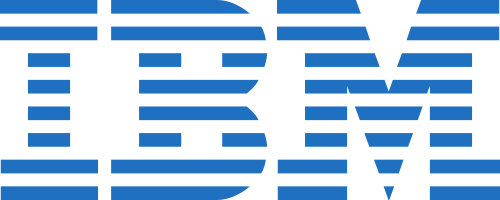Technology
Dividend Hike vs. Buyback: Is IBM Finally Getting It Right?
Published:
Last Updated:
After years, International Business Machines Corp. (NYSE: IBM) has financially engineered earnings per share growth, despite no significant revenue growth. This has been achieved through cost cutting and share buybacks. The trajectory of this company has led many investors and analysts alike to question IBM’s capital return policies, but a fresh dividend hike could finally be a step in the right direction for Big Blue.
IBM’s board of directors announced on Tuesday that it has declared a regular quarterly cash dividend of $1.30 per common share. What should stand out to investors is that IBM’s dividend declaration is actually an increase of $0.20 per share. That is up a sharp 18% from the prior quarterly dividend of $1.10 per share.
So, why is an 18% dividend hike finally getting it right?
Well, when IBM raised its dividend to $1.10 from $0.95 a year ago, that was a dividend hike of almost 16%. When the dividend went to $0.95 from $0.85 in 2013, that was a hike of almost 12%. And in 2012, the dividend hike to $0.85 from $0.75 was a payout raise of 13%.
In short, IBM is finally making its dividend growth more attractive than share buybacks.
ALSO READ: 4 Dividends and Buybacks That Should Not Be Ignored
24/7 Wall St. recently covered the U.S. companies with the largest buybacks of all time, which were also still repurchasing their shares today. We noted:
While IBM has used less cash to repurchase stock of late, at the end of December 2014 IBM had approximately $6.3 billion remaining from the current share repurchase authorization and promised to seek higher buyback approvals ahead. After shrinking its float by 8% or so in the past year, IBM has spent well over $160 billion between dividends and buybacks alone since 2000 to return capital to shareholders. Big Blue now has less than a billion shares outstanding.
The long and short of the matter is that buying back stock shrinks the total pot of shares. That does not prevent the float from growing due to acquisitions, stock bonuses and stock options. The difference is that the dividend hike telegraphs to shareholders that the company has confidence in its earnings for years into the future.
IBM said of its dividend hike and its history of dividends:
This is the 20th year in a row that IBM has increased its quarterly cash dividend, and the 12th year in a row of a double-digit percentage increase. IBM has doubled its quarterly dividend over the last five years. With the payment of the June 10 dividend, IBM will have paid consecutive quarterly dividends since 1916.
The new dividend is payable June 10, 2015, to holders of record May 8, 2015. Ginni Rometty, IBM chair, president and CEO said:
Our success in driving growth in our strategic initiatives and our continuous shift to higher value enables us to continue investing in our business, while also returning value to shareholders.
Most analysts have remained cautious on IBM. Credit Suisse has been the most negative with its $125 price target, but maybe even that firm will start to be a bit more positive if IBM is going to use cash to pay shareholders directly with dividends, rather than financially engineering earnings growth. Did IBM stop the bleeding with its most recent earnings report?
ALSO READ: Why This Analyst Still Sees IBM Shares Falling to $125
Now consider what a $1.30 quarterly dividend means. That is an annualized dividend yield of $5.20, and with a $173.50 share price, it generates a dividend yield of 3.0%. Without considering dividend hikes that have not yet taken place, this would move IBM’s dividend yield ranking up to number 11 from number 17 among the Dow Jones Industrial Average dividends.
It is one thing that IBM shares were up 1.6% at $173.50 in midday trading after the dividend hike was announced. It is another issue entirely to consider that this is now the highest stock price since last October.
Thank you for reading! Have some feedback for us?
Contact the 24/7 Wall St. editorial team.